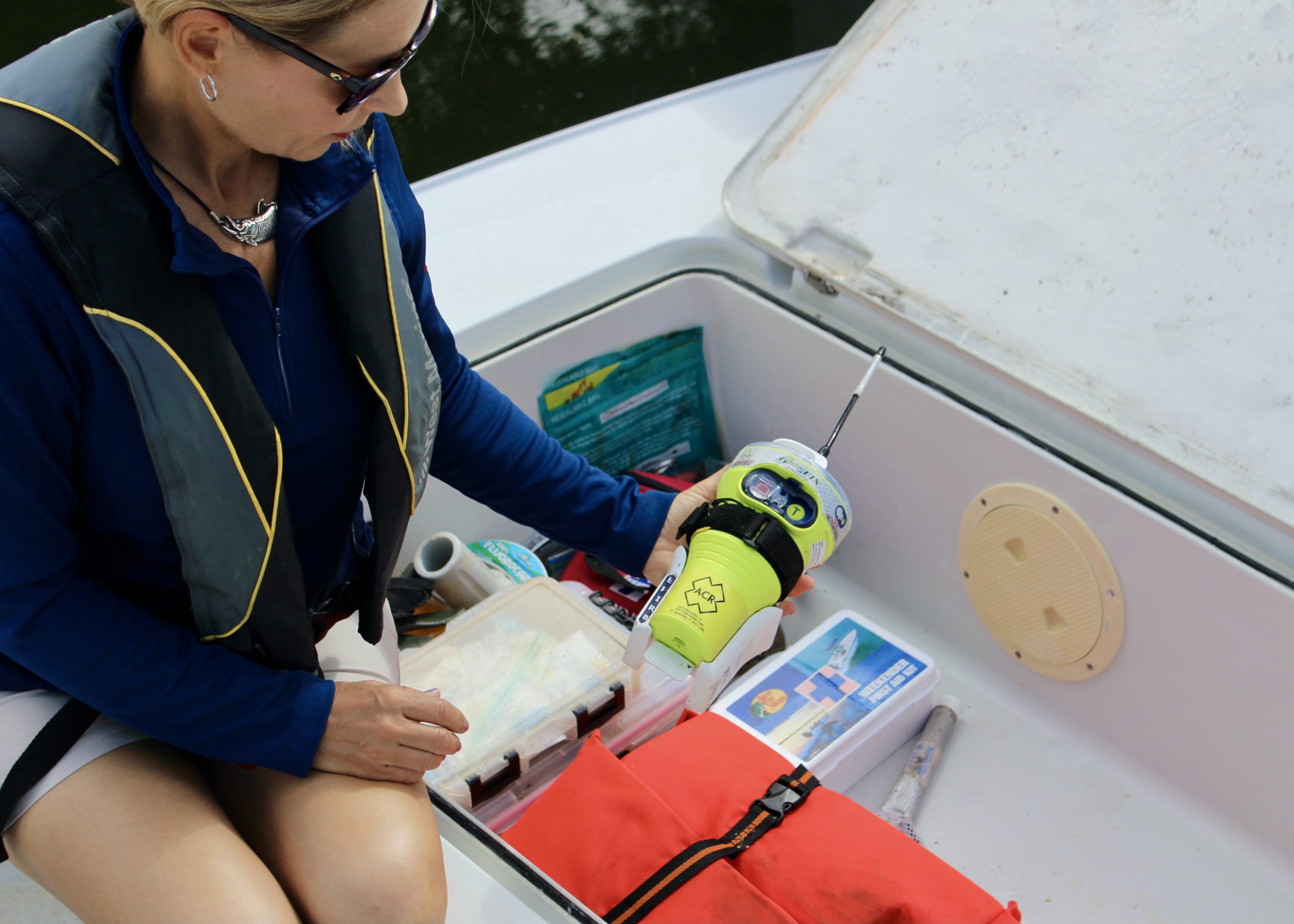 Boating Check List
Boating Check List
15 Things You Should Be Doing Before Leaving the Dock. Creating a Boating Safety Checklist.
Posted on December 8, 2021
Before leaving the dock for any boating expedition, you should always run through a pre-departure boating safety checklist to ensure a safe and prepared day on the water. It’s always smart to think ahead and plan for the unexpected. Plus, a comprehensive pre-departure checklist can prevent you from forgetting something important.
If you’re new to boating, use this list as a general guide to help you create your own customized checklist before leaving the dock.
- Check the marine weather forecast, tides, and currents. Bring a small radio on-board to receive weather updates.
- Have all the required documentation for your planned activities. This includes your boat registration, fishing permits, and boater education card.
- Make a float plan and leave it with your marina or a friend. A float plan includes a description of your boat, who is on board, a description of the safety equipment you are carrying, where you expect to be, and when you expect to be there. You can find float plan forms at boating supply stores or use the online Coast Guard float plan template.
- Make sure you have the right type of PFDs for the waters you’ll be boating in and that you have a PFD for every person on board. For example, a Type I PFD is used when boating offshore because it has the highest amount of buoyancy and is suited for rough or remote waters where rescue may be delayed.
- Check to make sure all boating safety equipment (personal locator beacons, test your EPIRB, PFDs, flares, fire extinguishers, first aid kit, throwables, sound producing devices) is in good working order.
- Give a boating safety briefing to your passengers on what to do in the event of emergency on the water. Inform everyone on board about the location and use of PFDs, EPIRB (Emergency Position-Indicating Radio Beacon), safety equipment, and VHF radio.
- Make sure you have a box of basic tools and spares. Spares can include items such as fuel filters, light bulbs, head parts, and drain plugs.
- Check to make sure the bilge is dry, clear of any debris, and that the bilge pump is working properly.
- Have two or three extra docklines on board in case you need to double up your lines in foul weather, use them at a fuel stop, or need them in an emergency.
- Bring spare batteries for your handheld radio, flashlight, E-Flare and portable navigational aids.
- Make sure you have at least two boat fenders on-board for safe docking and towing.
- Connect to engine shut off system or kill switch. Using an engine cut off switch can prevent unnecessary accidents if a boater is unexpectedly displaced from the helm.
- Start the engine(s) and inspect it while running. Look, listen, and be aware of anything that might seem unusual.
- Check the engine temperature, oil pressure, fuel, and water gauges to make sure they are all at normal levels.
- Safely stow all supplies and fishing gear in storage compartments.